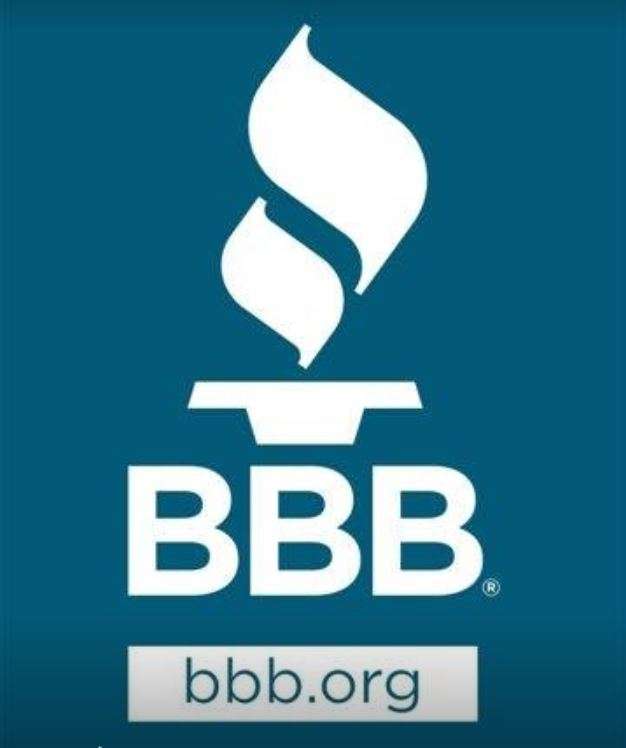
BBB
New technology makes it nearly impossible to tell fake video or audio clips from real ones. Now, as the software used to create these “deepfakes” becomes more widespread, scammers are using it to steal money and sensitive information.
What is a deepfake?
Deepfakes use artificial intelligence technology to create a seemingly real video or audio clip that mimics a person’s face, voice, or both. This kind of synthetic content is often used to spread misinformation by impersonating politicians and celebrities on social media.
However, that’s not the only use. Scammers are currently using deepfakes of corporate executives to steal from large companies. As the technology improves and becomes easier to use, we’ll likely see scammers using deepfakes to target individuals and small businesses too.
How can you spot a deepfake and avoid getting scammed? BBB recommends the following tips:
Protect yourself from deepfake scams<br>
- Take a closer look at that video. Poor quality deepfakes are easy to identify.
Look for isolated blurry spots in the video, double edges to the face,
changes in video quality during the video, unnatural blinking or no
blinking, and changes in the background or lighting. If you notice any
of these telltale signs, you’re probably looking at a deepfake video.
- Listen closely to the audio. Fake audio might
include choppy sentences, unnatural or out-of-place inflection, odd
phrasing, or background sounds that don’t match the speaker’s location.
These are all signs of fake audio.
- Don’t believe everything you see online. Scammers
count on you to take them at their word without verifying their
identity. Always use a healthy dose of skepticism when contacted by a
person or company if you can’t validate who they really are. Be wary of
videos featuring celebrities or politicians that are especially divisive
or scandalous.
- Make sure you know who you are talking to. As
deepfake technology progresses, you’ll need to confirm the identity of
who you are speaking with – even if you think you know and trust them.
You might not send money to a stranger who calls you out of the blue,
but if scammers start using deepfakes to impersonate your loved ones,
falling victim could be easier. Pay attention if a friend or family
member makes an out-of-character request and confirms their identity
before sending money or giving up sensitive personal information.
- Be careful what you post online. The only way a
scammer can make a deepfake video of you is if they have access to a
selection of photos and videos featuring your face. Stay alert to the
possibility of impersonation. Make sure your family knows about
deepfakes, and use caution when posting things publicly.
- Don’t make financial decisions based on viral videos.
If a celebrity insists you invest in bitcoin or donate funds to a
specific charity in a viral video, do some research before you send
money. Scammers would love to get their hands on your money by
impersonating someone you trust.
- Don’t assume an online persona is the real deal.
Whether you are hiring a new employee or contacting an outside vendor,
don’t assume someone exists just because they have video, photos, or
audio on their online profiles.
- Protect your business accounts. Use multi-factor authentication on all systems to prevent scammers from using a deepfake to hack your account and impersonate you.
- Train your employees to recognize deepfakes. Ensure your employees know what to look for, especially if they are in charge of your business’s finances or assets.
- Be cautious when sharing information digitally. Don’t give in to urgent requests. Even if someone is threatening immediate action against you or your business. Take the time to verify their identity.





